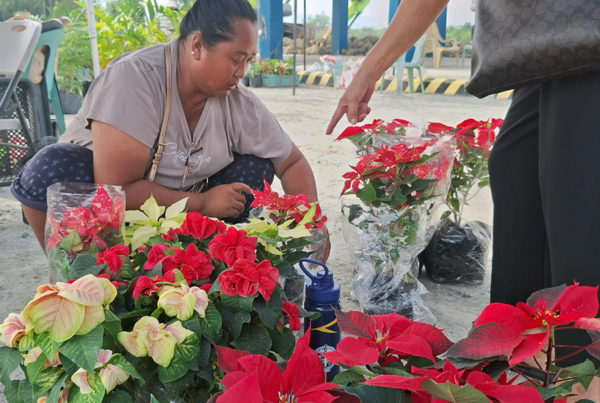Sual bangus producers boost production to meet high demand
SUAL – The operators of fish cages in Sual are seeing more profitable days ahead as the demand for bangus continues to increase.
This was conveyed by Flora Guanzon, Sual’s municipal agriculture officer (MAO) in a PUNCH interview as she confirmed that a noticeable increase in demand for bangus has been noted by the operators themselves.
She said this will translate to a boon not only to their operations but the Sual government as well.
In addition to the annual P12,000 Mayor’s permit per fish cage from the 750 fish cage in Sual Bay, the local business tax revenue depends on the size of the fish cage and P5 per banyera of bangus harvested every day based on receipts and auxiliary invoices issued to the producers for selling their produce to traders in Sual, Dagupan City, Angeles in Pampanga and Navotas.
Sual is now acknowledged by the Bureau of Fisheries and Aquatic Resources – Region 1 as the biggest producer of bangus in the province, supplying 60% from the mariculture in Sual.
Starting this week, at least 60 tons a day, from the 40-50 tons in the previous weeks, will be harvested from the mariculture zone in Sual.
The farm gate price of bangus today is P130 per kilo, higher than the P115 to P120 last month, Guanzon said.
She added that her office has started to implement a new policy directing the operators to collect the dead bangus and bury these in a designated area in Sual and prevent these from being left floating on the seawater creating stench in the area.
“Hindi maiwasan ang mortality ng bangus dahil na rin sa dami ng isda sa fishcage may mga naiipit sa net pero hindi dapat pabayaan yon na palutang-lutang sa dagat, dati ay iniipon nila sa sako tapos kung pupunta na sila dito sa pampang ay saka inililibing sa lupa, ang kaso dahil sa alon, nakakawala yong sako na pinaglalagyan nila ng patay na bangus, kung saan-saan napapadpad at nagdudulot ng masangsang na amoy, pero sa ngayon ay wala namang fishkill, paisa-isa lang yon at normal talaga yan sa mga fishcage, Guanzon said.
Meanwhile, Guanzon said her office is closely monitoring twice daily the level of dissolved oxygen in the mariculture area and operators are immediately alerted if the dissolved oxygen drops from the normal level so they can act to minimize their losses. (Nora Dominguez)







